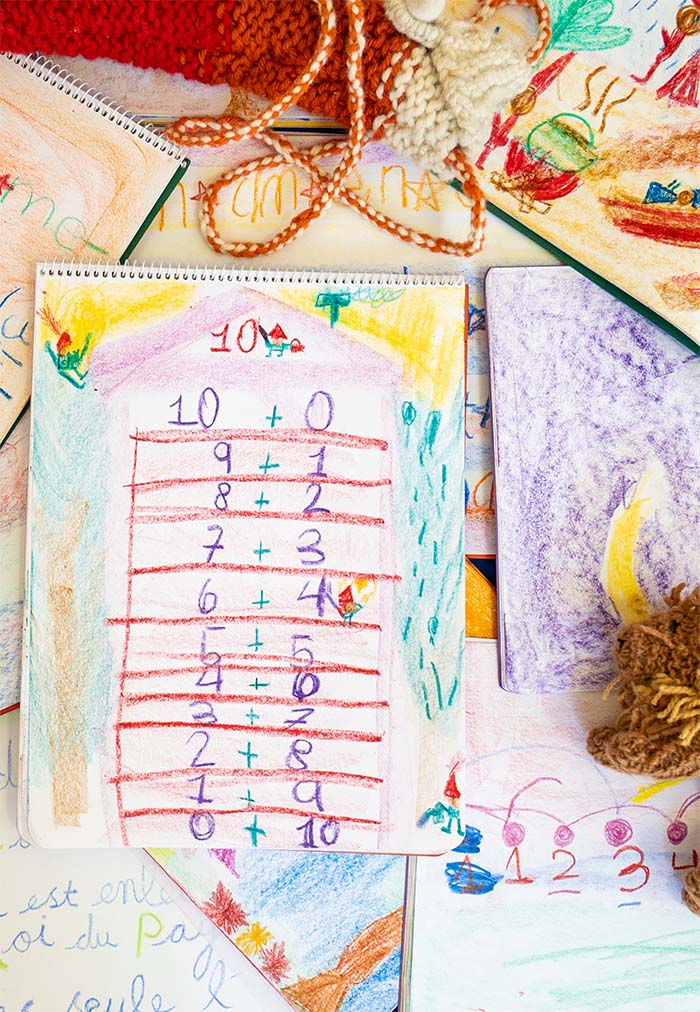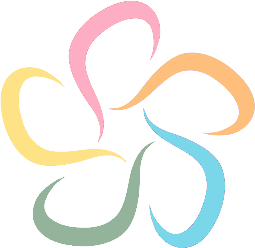Rudolf Steiner created a philosophical movement called anthroposophy. His belief about education was that schools should focus on the needs of children rather than the demands of government or economic forces.
So he devised a program that nurtured children’s imaginations and responded to their developmental phases. Thus was born Waldorf education.
Since anthroposophy is the foundation of Waldorf education, it is a source of information for teachers but is not taught in the program.
During the elementary school years, students have a class teacher who stays with the class for several consecutive years. Many Waldorf teachers stay with their class from first to eighth grade.
According to the developmental phases of childhood, children learn best through acceptance and emulation of the authority figure, just as in their early years they learned through imitation. In the early years of elementary school, children are just beginning to broaden their experience beyond the home and family. The classroom thus becomes a type of “family”, with its own authority figure – the teacher.
By keeping the same teacher for several years, students and teachers get to know each other very well, and the teacher is able to find, over the years, the best ways to help children with their schooling.
The literature suggests that the benefits of such a practice would include:
- Improved relationships between teachers and students;
- More efficient teaching: a gain of almost a month’s teaching time in the second year, since time for getting to know each other is eliminated and less revision is needed;
- Improved student discipline/classroom management;
- Better parent participation.
Waldorf education introduces reading in a developmentally appropriate way, when students are more comfortable with the written word. Consequently, writing is taught first. In the first year, children explore how our alphabet came into being, discovering how the shape of each letter evolved from a pictogram. Writing thus evolves from children’s art, and their ability to read also evolves as a natural step.
This thorough, artistic approach to teaching reading has been proven to provide a solid foundation and advanced vocabulary skills in later years. Most Waldorf children read independently by the middle or end of the second year.
To learn more about reading instruction at our school, you can watch a discussion between a parent and Janiève Beaulieu, teacher at ERSM:
Waldorf teachers recognize that technology must play a role in education, but at an appropriate stage of development, when a young person has reached the intellectual maturity to reason abstractly, i.e. around the age of 14.
Society might challenge this principle, as many young children are well capable of performing sophisticated tasks on a computer; the Waldorf perspective is that computer exposure should not be based on ability but on developmental appropriateness.
While many applaud adult thinking in young children, we observe that a child’s natural, instinctive, creative and curious way of relating to the world can be suppressed when technology is introduced into learning environments at an early age. ~ Excerpt from NYTimes Opinion, 5/2014, author, Beverly Amico
Waldorf schools have a form of spiritual orientation based on a generally Christian perspective, as do most schools in Quebec. Historic Christian holidays, as well as those of other major religions, are celebrated in the classrooms and throughout the life of the school.
Children from all religious backgrounds attend Waldorf schools.
The spiritual orientation aims to awaken the child’s natural respect for the wonder and beauty of life.
Eurythmy is usually taught by a specialist who has been specifically trained in eurythmy, usually for at least four years.
It’s a dance-like art form in which music or speech is expressed in body movement; specific movements correspond to particular notes or sounds. This is why eurythmy is sometimes called “visible song”.
Eurythmy improves coordination and enhances listening skills. Children appreciate the simple rhythms and exercises that help them strengthen and harmonize their bodies and their life force.

